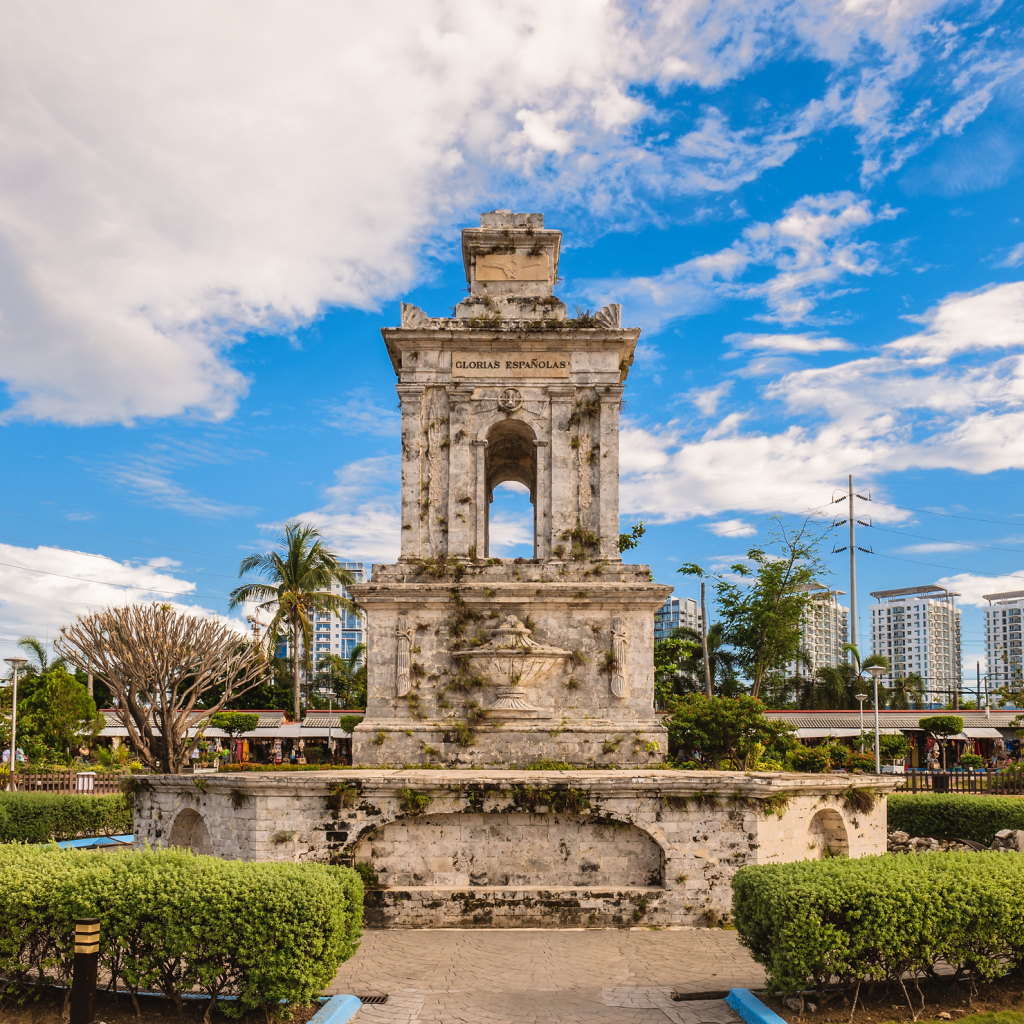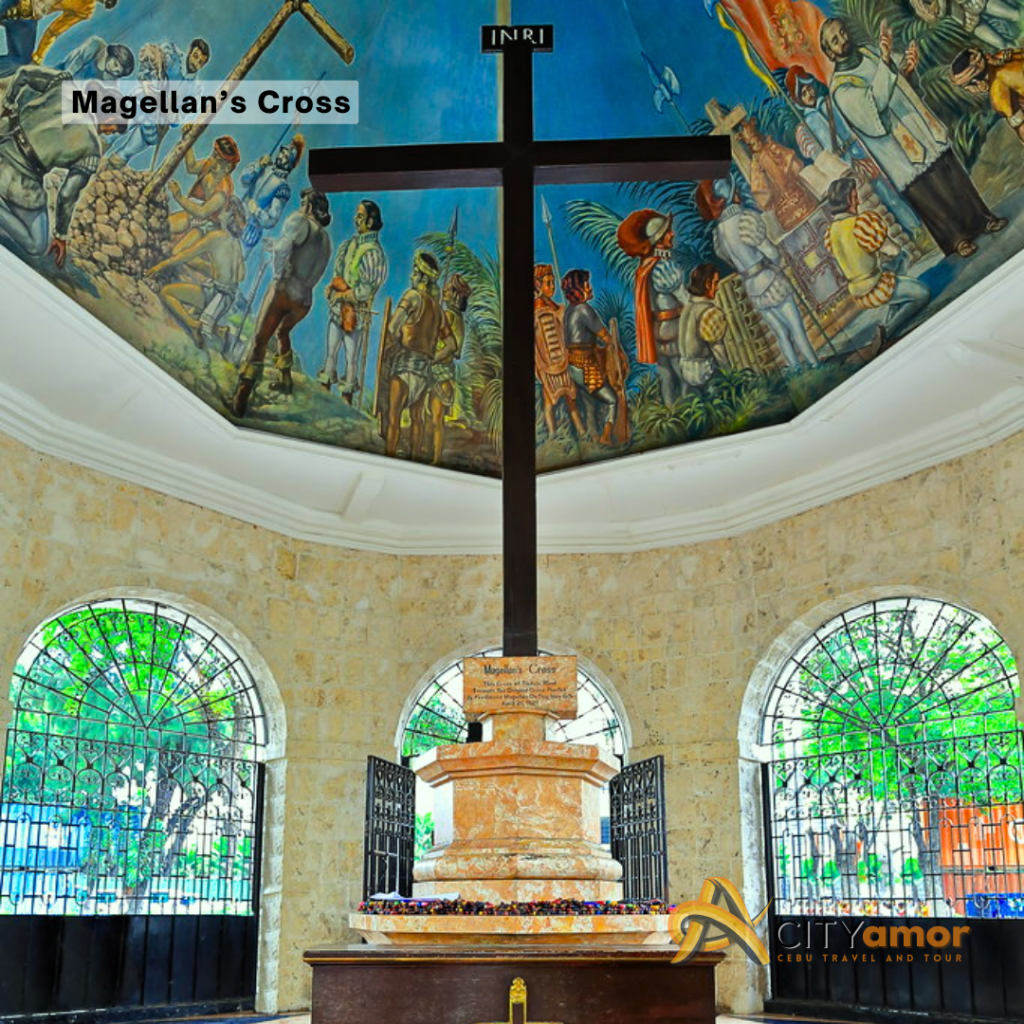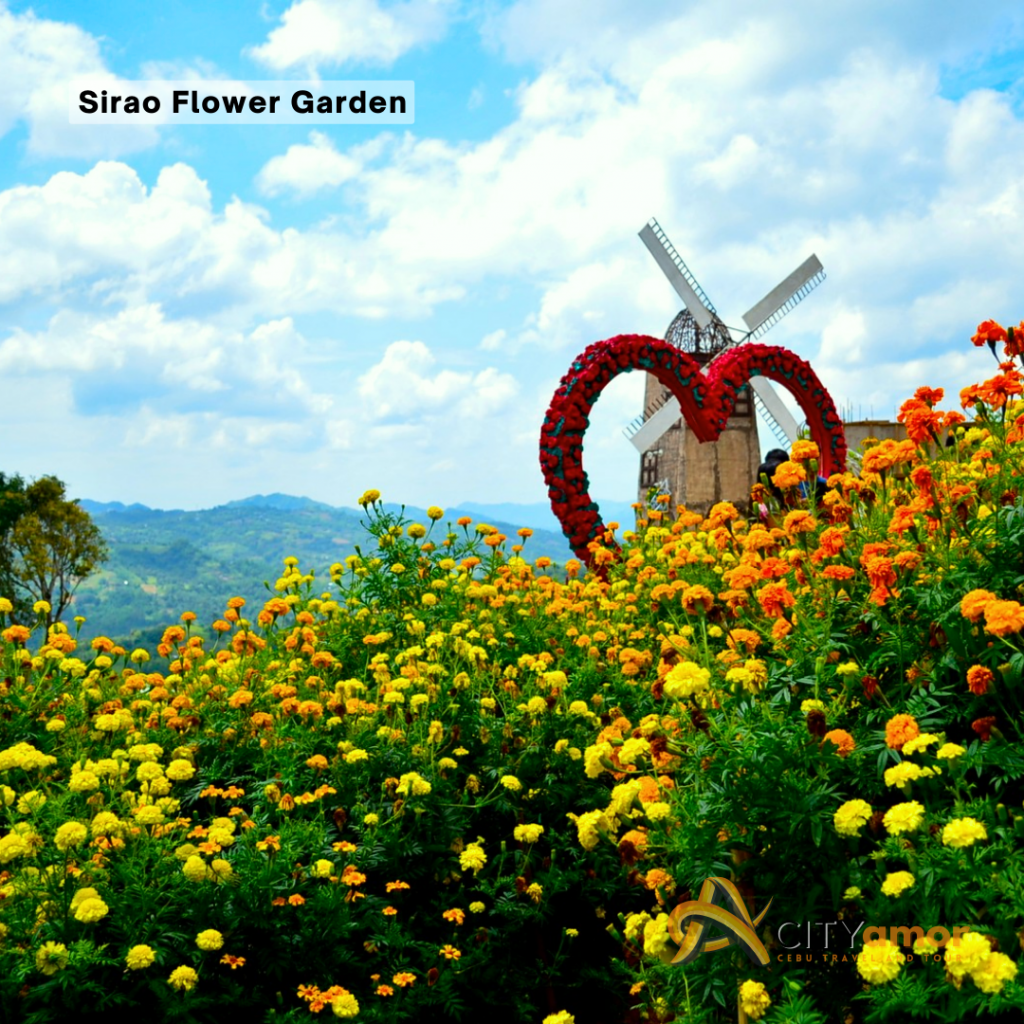Nestled next to the iconic Magellan’s Cross in the heart of Cebu City, the Basilica of the Holy Child stands as a silent sentinel, bearing witness to centuries of Philippine history and the enduring legacy of Christianity in the archipelago. Join us as we unravel the story behind the oldest Christian church in the Philippines and its sacred relic, the Sto Niño or Holy Child Jesus, crafted by the hands of the renowned explorer Ferdinand Magellan.
Foundations of Faith
In 1565, two Augustinian friars, Fray Andrés de Urdaneta and Fray Diego de Herrera, O.S.A., laid the foundations of what would become the Basilica of the Holy Child. This hallowed ground was consecrated as the earliest Christian church in the Philippines, signifying the birth of a spiritual journey that would endure for centuries.
Sto Niño: A Gift of Faith
At the heart of the Basilica lies the revered Sto Niño, a statue of the Holy Child Jesus with a story steeped in history and devotion. Crafted by the hands of Ferdinand Magellan in 1521, the Sto Niño holds a unique place in the narrative of the Philippines’ Christianization. It is said that on April 14, 1521, Magellan gifted the Sto Niño to chieftain Humabon of Cebu and his wife, marking a significant triumph for Christianity in the region.
Symbol of Victory and Conversion
The Sto Niño statue is not merely a religious artifact; it symbolizes the triumph of Christianity over indigenous beliefs and the enduring power of faith. The conversion of chieftain Humabon and his wife to Christianity marked a pivotal moment in the spread of the Christian faith in the Philippines, a journey that would shape the cultural and religious landscape of the archipelago.
Architectural Grandeur
Beyond its historical and religious significance, the Basilica of the Holy Child boasts architectural grandeur. The church has undergone several renovations and expansions over the centuries, blending various architectural styles to create a structure that stands as a testament to the endurance of faith. Its facade, adorned with intricate details, welcomes visitors into a sanctuary of tranquility and spirituality.
Annual Celebrations
The devotion to the Sto Niño extends beyond the walls of the Basilica, manifesting in the grand celebration of the Sinulog Festival held every January. Pilgrims and devotees from all corners of the country gather to pay homage to the Holy Child, a vibrant celebration that highlights the fusion of indigenous and Christian traditions.
A Journey Through Time
As you step into the Basilica of the Holy Child, you embark on a journey through time, tracing the footsteps of the early missionaries and reliving the moments that shaped the Philippines’ spiritual heritage. The interplay of history, culture, and faith converges in this sacred space, inviting all who enter to connect with the roots of Christianity in the archipelago.
Visit the Basilica
A visit to the Basilica of the Holy Child is not just a pilgrimage; it’s an immersion into the rich tapestry of Philippine history and spirituality. Stand before the Sto Niño, witness the architectural splendor, and feel the echoes of faith that resonate within the walls of the oldest Christian church in the Philippines. The Basilica invites you to become a part of a narrative that has unfolded over centuries, a narrative that continues to shape the identity of a nation founded on faith.
Are you considering a travel and tour experience in Cebu? Feel free to reach out to us via Mobile/Viber/WhatsApp at 09477655140 for assistance and inquiries.
















